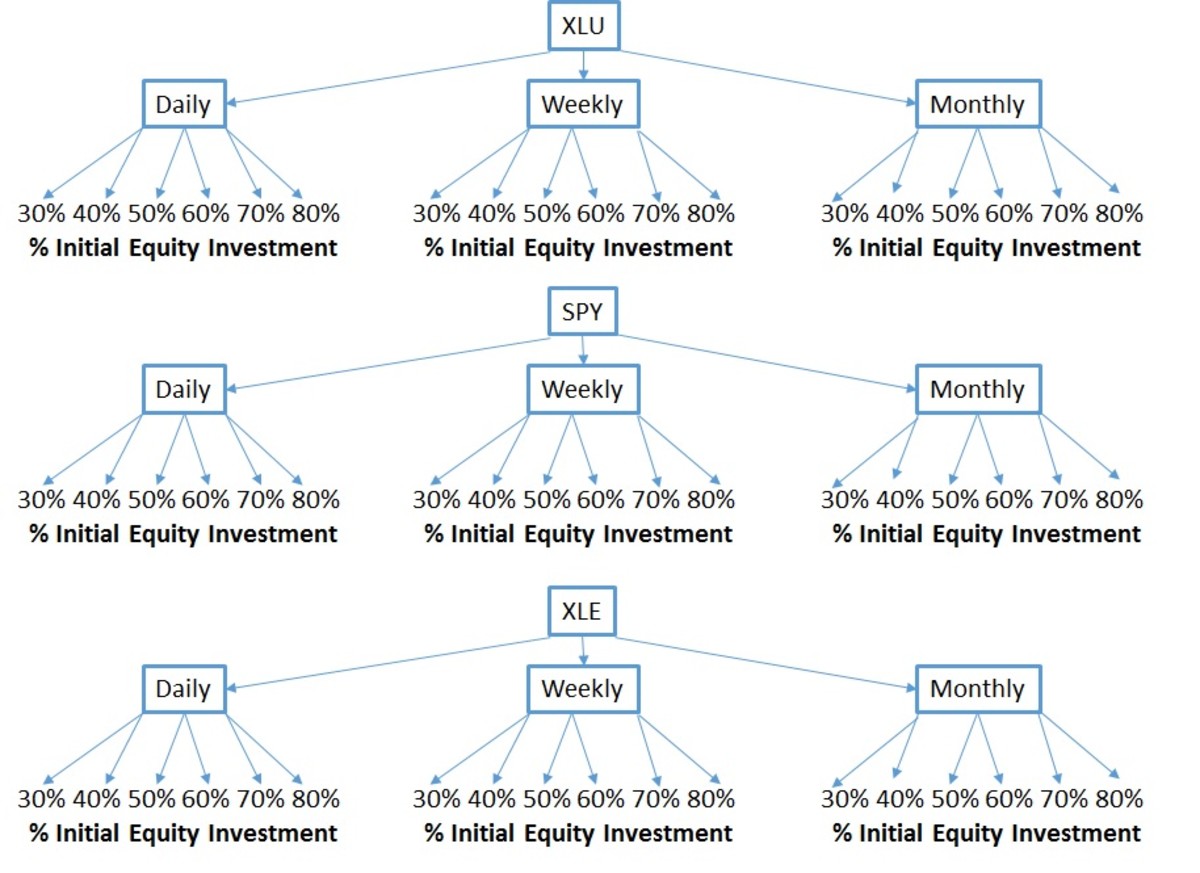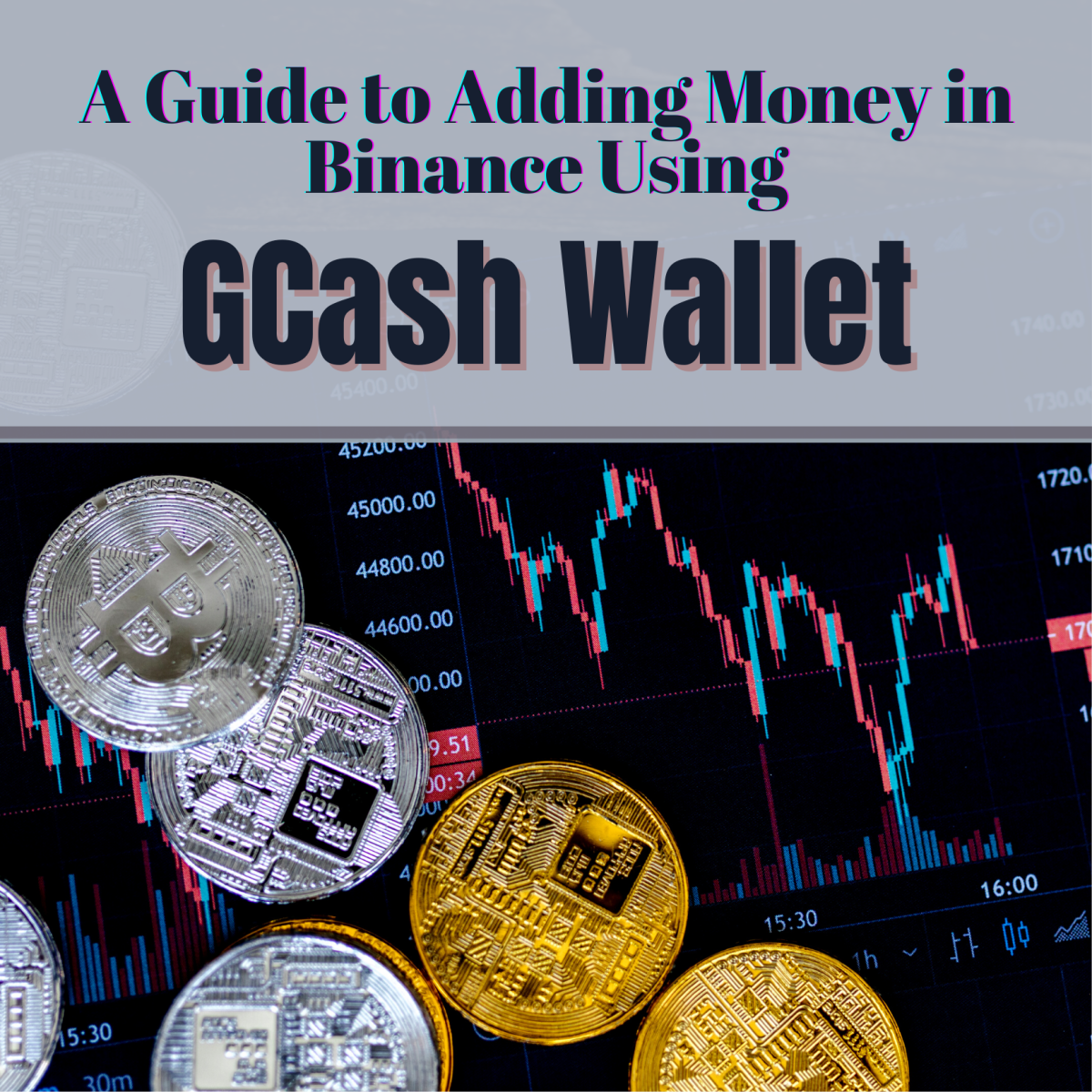Why Volatility Is Good for Your Long Term Portfolio
Many people say that volatility is bad for you.
Well, that's actually not the entire truth.
You've likely heard (or read) from many sources of information that we are in a low volatility environment now. And people seem to think this is a good thing, because the markets are inching higher.
But, this only helps you if you have invested the majority of your invest-able cash into the market, and it is a substantial sum too.
However, if you are like me, that is unlikely to be your situation.
Instead, we are also following the other sayings rife in the personal finance advisory section - time in the market beats timing the market, dollar-cost averaging, using market ETFs instead of picking individual stocks, etc.
While those are valid strategies, low volatility is bad for those strategies. Especially so in today's environment, with the market pushing all-time highs and us sitting out there trying to buy in slowly every month.
So, if your time horizon is for the long term, an increase in volatility is actually good for you and your portfolio.
Don't believe me? Well, let's explore this concept and how it applies to many of the current investing strategies you hear in the market today.
Volatility is GOOD for a long term portfolio that is dollar-cost averaging into the market!

Let's first discuss dollar-cost averaging.
This tactic is the staple amongst many in the personal finance space.
However, to apply this successfully, you must understand the assumptions that go into this tactic. They are:
- The market is efficient;
- The market is volatile;
- You will be investing a small percentage of your available cash at each time; and
- You will be doing this over a long period of time.
Now, whether (1) is true is up for debate - not every market is efficient (particularly in certain areas of the bond market, or certain geographies), but that discussion is for another article.
(2) is the main concern here. If the market is not volatile i.e. it only goes up or only goes down, dollar-cost averaging will not work.
If it only goes up, you're better off investing a lump sum.
If it only goes down, you're better off not investing at all.
However, because we can't predict the future, we don't know whether the market will go up or down, so we dollar-cost average in.
And this is exactly why volatility is an important part of this strategy! You need volatility to be able to enter at cheaper prices. So, volatility is actually good for you here. Those talking heads that claim volatility is bad for portfolios likely have most of their money in the market already, which leads me to (3) and (4).
For (3) and (4), dollar-cost averaging is a long term game. You only commit a small percentage of your cash to the market at any one time, and over a long period of time.
If you contribute a significant portion of your assets into the market, that is not dollar-cost averaging, that is trying to time the market. (Another whole article can be written about this).
So, if you use dollar-cost averaging because you believe the above assumptions, then you need some volatility. Volatility is good for you.
Volatility can also be scary if you are not disciplined.
So, why do people dislike volatility so much?
If you follow the principles of dollar-cost averaging, you would welcome volatility, not fear it.
But, why is it that so many people dislike volatility?
The answer lies within one of the two emotions of people investing - fear.
The visceral, primeval fear that grips you when you see your portfolio value decrease.
It is this fear that cripples us and causes us to act irrationally.
In today's world, such fears still abound, but to a lesser degree. Since 'passive' ETFs that track the broad market came out, people have piled into those instead of individual stocks, which reduces the fear to some degree. After all, it will take a deep recession that affects all industries to cause the value of something like the S&P 500 to crash.
The education of the retail public has also gone a long way in reducing this fear. If people are disciplined to stick to their buying plan through think and thin, any dips in the market will be quickly bought up (see what happened in late 2018 / early 2019!). In this new environment of 'blind' investing, we should be able to tame our fears and welcome volatility when it happens, since it gives us opportunities to buy into the market at a cheaper price.
Re-balancing a portfolio forces you to buy low and sell high.
Another key consideration is re-balancing of your portfolio.
While is this not easy to do regularly as an individual investor, re-balancing your portfolio is one of the key ways that you can do well in the long term.
Why?
Because re-balancing forces you to 'buy low, sell high'.
The main challenge is being able to re-balance across all your asset classes and portfolios - the costs can be exorbitant for an individual investor.
(This is one reason why I am gravitating towards robo-advisors - because they can re-balance in a cost-efficient manner for a small portfolio).
Again, volatility is good for re-balancing. If there is low volatility, you will be unable to re-balance because the weights in your portfolio will remain stable.
With higher volatility, you will be able to re-balance either on a time-based scale or a percentage-based scale, which will allow you to reap the benefits of buying low and selling high.
Again, this discipline is poorly followed (even for myself) due to cost reasons. But, with today's world of low-cost robo-advisors, mutual funds, and ETFs, there is no reason why you should not be re-balancing your portfolio regularly.
So, how this would work in today's context?
At the time of writing, volatility in the markets is largely driven by events, particularly political events (trade wars, Brexits, etc.) and central bank announcements (à la Fed watching).
It remains to be seen whether there will be an increase or decrease in volatility, but just remember - if you have a long term horizon and you subscribe to the dollar-cost averaging tactic, do not be afraid of volatility.
Welcome it.
Hope for it.
And most of all - when the volatility comes - act on it.
This article is accurate and true to the best of the author’s knowledge. Content is for informational or entertainment purposes only and does not substitute for personal counsel or professional advice in business, financial, legal, or technical matters.
© 2019 Russell








